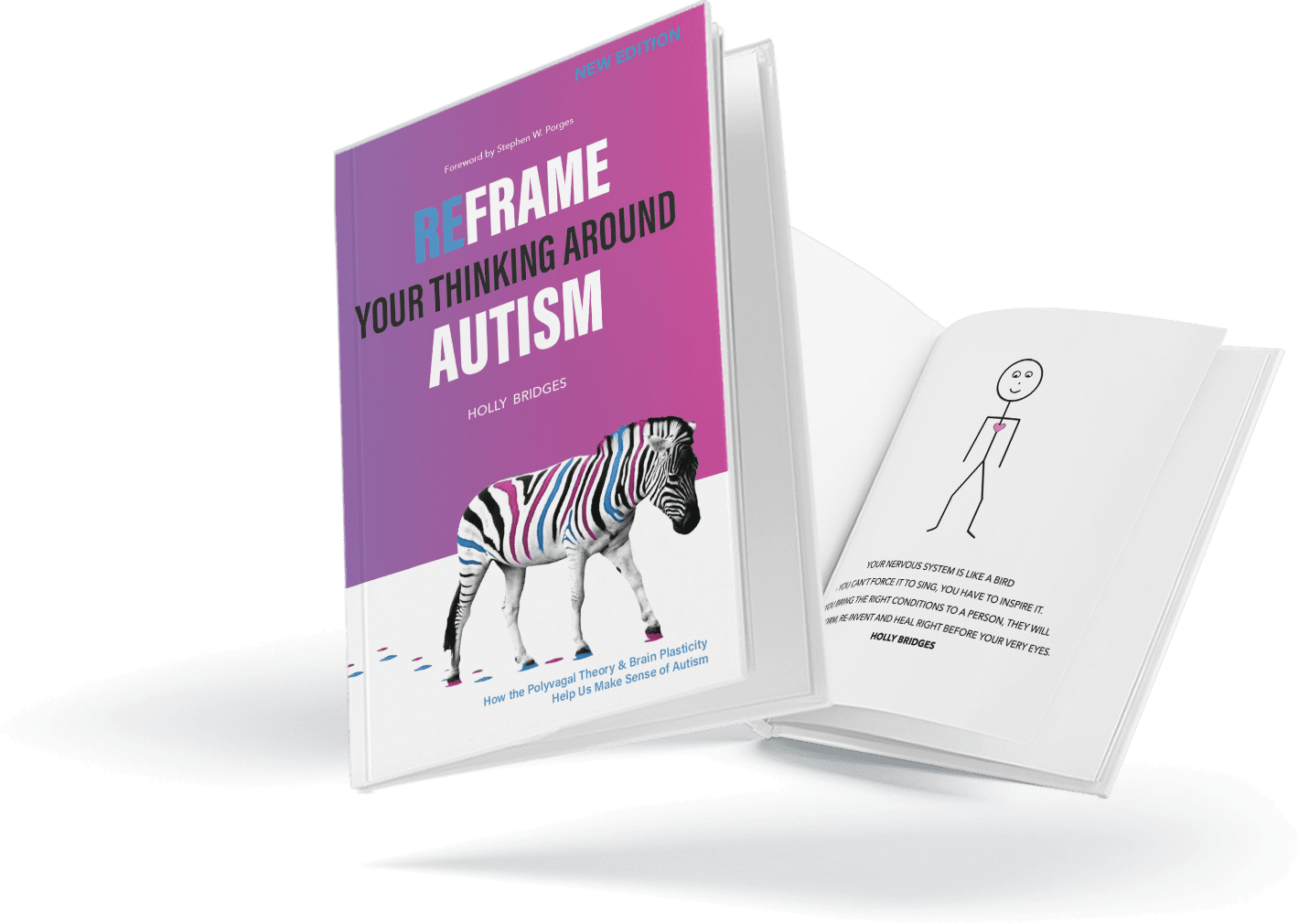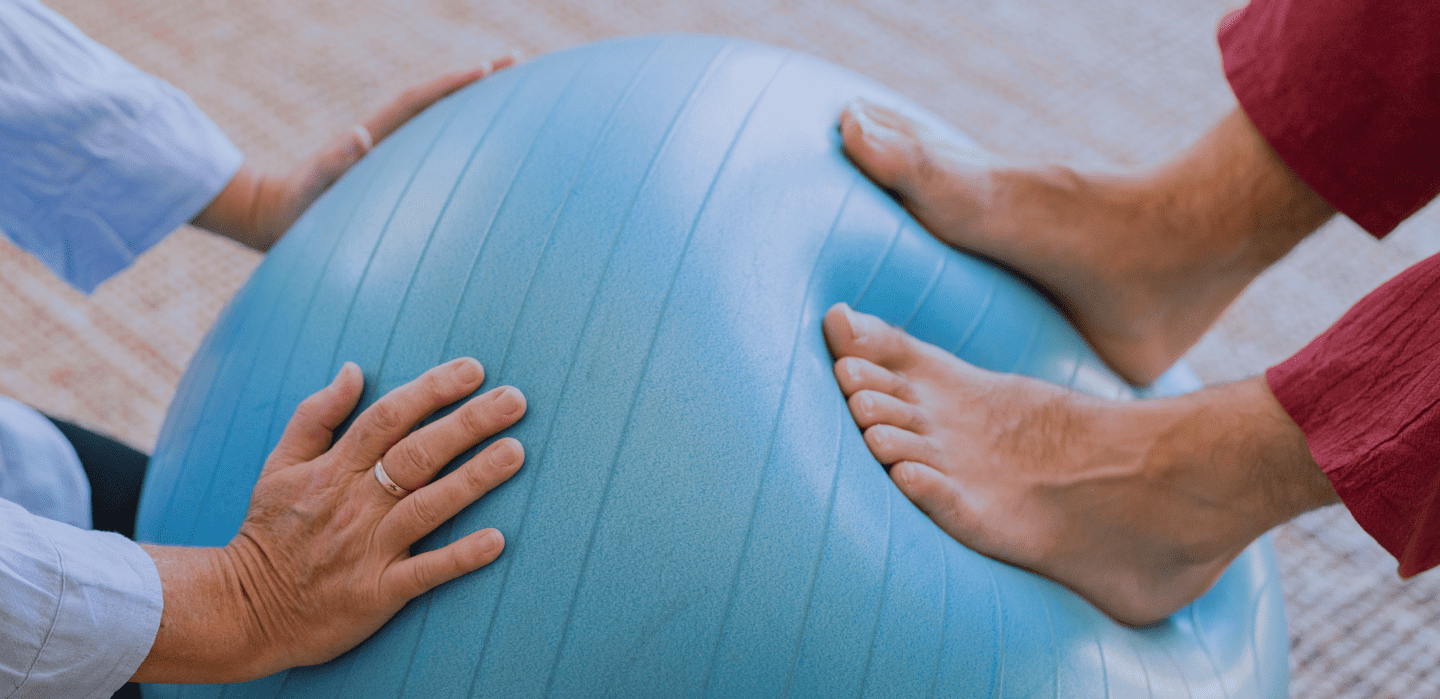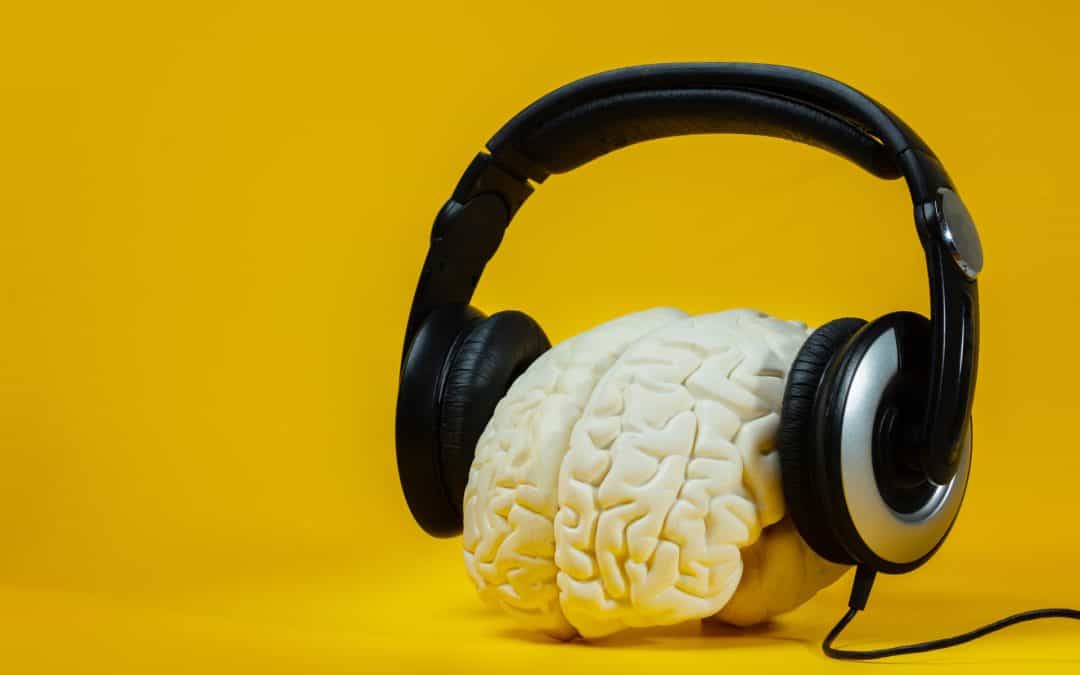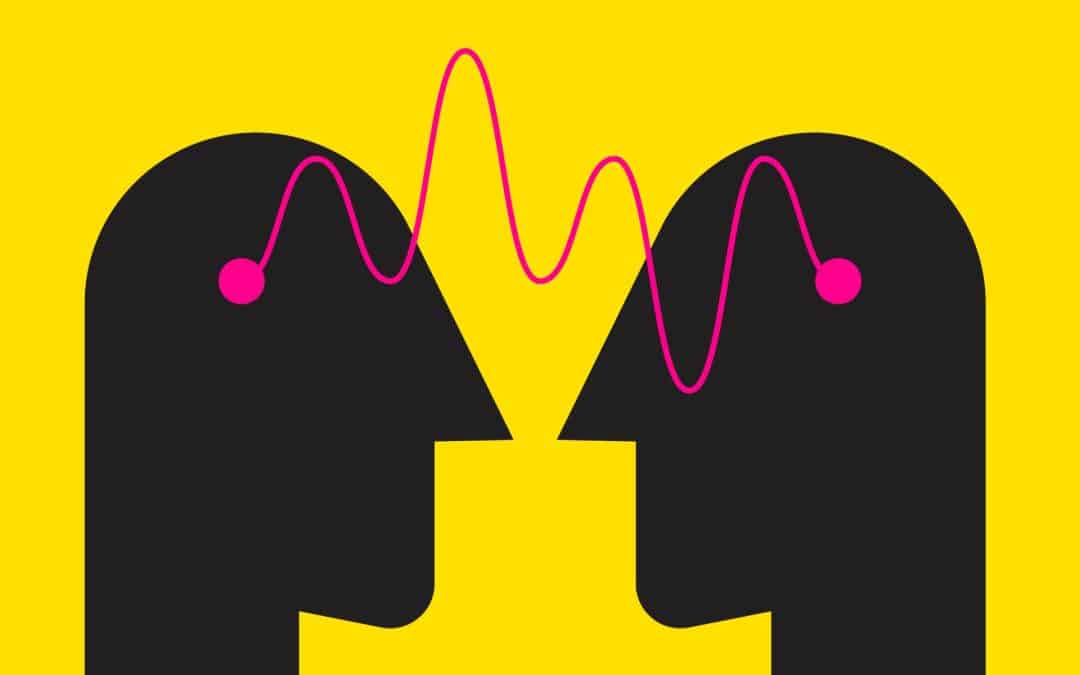Traditional therapies like Cognitive Behaviour Therapy (CBT) focus on changing unhelpful thoughts and behaviours that contribute to, and feed, anxiety. However, these require people to use their brain and will to overcome a highly limbic – body dominant – state and often they fail. This inability to control the mind can sometimes cause further anxiety and feelings of inadequacy.
It turns out that the body informs the mind much more than we have previously thought and this changes our focus on working with anxiety. Recent advances in neuroscience indicate just how beholden we are to our body for our mental wellbeing and just how much the body informs and influences the mind.
While the brain is very much a part of the problem in anxiety – the amygdalae, the flight/fight centre in the brain, when active, literally dominate and inhibit access to the brain’s prefrontal cortex (our executive functioning, strategic planning, will to live, higher cognition and language) – what we do not really appreciate, is just how responsive the brain is to information being sent from the body.
Our body goes into flight/fight long before we consciously know about it. At least 80% of our sensory information is first assessed in the gut. Signals of danger are sent from the gut, via the vagus nerve and spinal cord, to the brain and it is only then that the amygdala go into full flight. Once activated they send repeat memories of danger so that we keep vigilant to stay safe. Unless something changes, we can get stuck in this heightened state.
The body and mind work as a whole and the body very much informs the mind. For example: the amygdalae are part of the body’s limbic system and are informed by the gut and nervous system. The vestibular system (balance, posture, sense of self) and social engagement system (cranial nerves -eyes, ears, face, voice, swallowing, connection to heart, lungs and digestion) are deeply connected to the prefrontal cortex; and all these things are heightened or limited depending on the detection of safety or danger.
When the body is in a calm state, we have good access to eyes, ears, face, voice, heart, feelings, we can move well, think and communicate easily. When we are in a flight/fight state our cortisol and heart rate go up, our digestion turns off ; our ears attune to danger ; our eyes shift focus, they go rigid; the optic nerve – contrast and brightness gets depressed; and when we are immobilized, the body literally takes over and switches us off from access to our social, emotional and physical functions.
In these heightened, non-restorative states our digestive system is seized and we cannot properly absorb vitamin B12, make serotonin, dopamine, myelin, and our immune system is compromised – because all these things are made in the gut and our gut goes offline in an anxiety state. The longer we are in an anxiety state the less resilient we become because we need all these physical things to keep us mentally strong. The longer this lasts the less resilient we become and the more prone we are to anxiety.
At this time breathing techniques and mindfulness are really difficult for a lot of people. Showing anxious people how to work directly to calm the body can sometimes be much more efficient. When you learn how to be in a calm state and how your eyes, ears, face, voice and thinking can come back ‘on line’, you feel like yourself again. When you consistently teach your body to be in this state, you improve your vagal tone – your ability to deal with stress.
Working directly with the body with gentle body focused exercises can be much faster than trying to work first with the mind. The more you can train the physical nervous system know how to be calm and respond well to stress, the more you can begin to strengthen and keep yourself in a restorative state. You begin an upward spiral of health, vitality and strength. And you are much less susceptible to anxiety and much less likely to rely on medication for your wellbeing.





